Criticism and Creativity:
Criticism is a powerful message for improving our creativity, particularly when we assume positive intent. Assuming positive intent means people who offer ‘improvements or feedback’ to an idea are giving you a gift. The shift to positive intent thinking allows us to receive and hear information differently and allows us to increase our ability to become more creative and open to new ideas.
An article in the Harvard Business Review titled “The Innovative Power of Criticism” states there are four steps to help utilize criticism for new interpretations, leading to better collaboration and a more developed idea. We asked a small group of people, to build the four steps, to gain their insights. The models represent each of the 4 steps in the Harvard Business Review article.
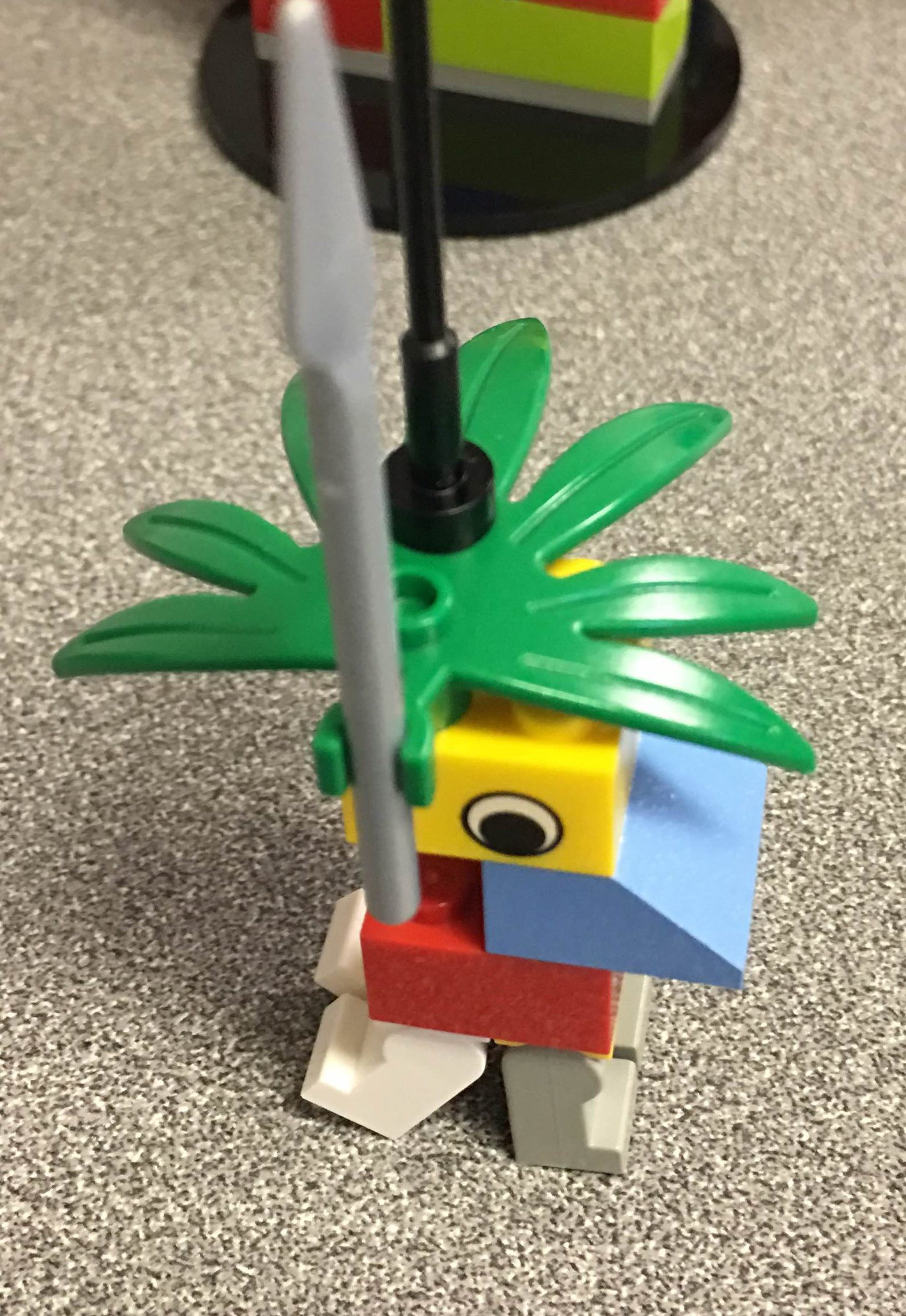 Step 1. Individual Reflection:
Step 1. Individual Reflection:
The first step requires individual reflection time about the business challenge. For example, in the HBR article, “How can Vox create a new offering for an aging population?” Individual reflection gives people time to develop their own hypothesis, test their theories, and process at their individual speed.
Build Challenge:
Our build challenge – “Build what individual reflection could do for innovation.” This model has ‘green leafy” ideas which expand and grow in very different ways. It has an eye for competition, external threats and opportunities. The eye also has to see the internal strengths and weaknesses of the organization, through insight and leverage of the internal talent and expertise. Additionally, the spikes coming out of the model represent inputs for positive and critical feedback. The model has two sets of legs for agility and direction setting. The legs allow us to take a step forward, or sometimes backward, as the idea is assessed for risk, growth and speed to market.

Step 2. Sparring Partners:
The second step requires each person to subject his or her vision to the criticism of a trusted peer. The peer acts like a sparring partner. This is done under a veil of trust in a protected environment. The environment allows the person to share wild or half-baked hypothesis without feeling ridiculed. Trusted sparring partners provide a peer with a safe space to share ideas because they have a good working relationship with this person.
Build Challenge:
Our build challenge – “Build what a sparring session would look like with a trusted peer.” This model represents different perspectives of an idea. Each time we review an idea we have a different hat on so we can take different perspectives from our internal and external customers. We have a cabinet where we can store future ideas. We have a base of green for enhancements to the idea, and brown for detractors from the idea. We have tools to help us identify barriers and risks. We have an eye for competition and government restrictions. Most importantly we value the gift of feedback from our sparring partner because we know the idea is better as a result.
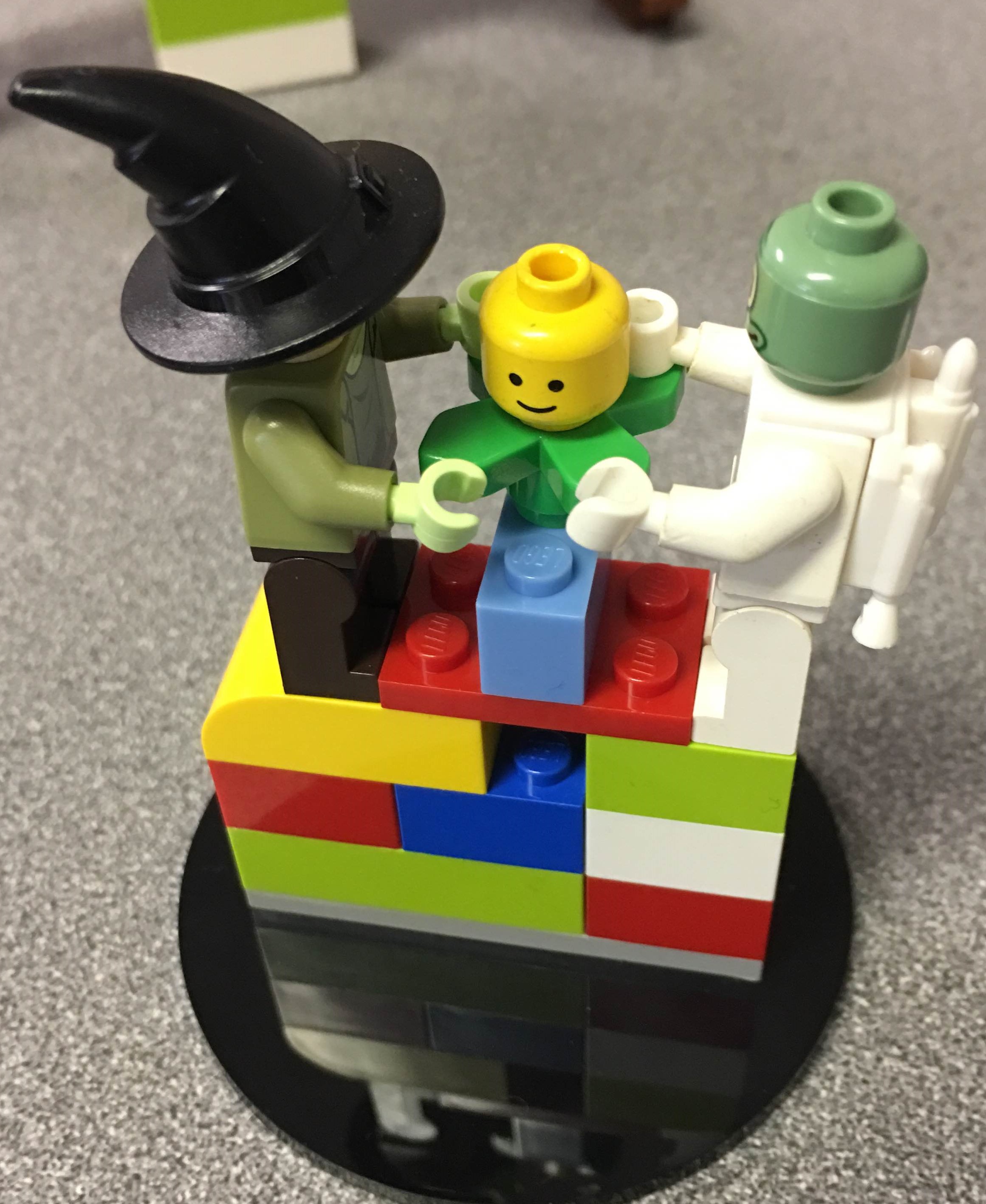
Step 3. Radical Circles:
The third step moves the promising ideas through a larger group (10-20 people) for deeper criticism. The group sessions help uncover underlying opportunities or risks of the idea. This step is not to say whether the idea is good or bad.
Build Challenge:
Our build challenge – “Build what would happen when an idea is exposed to a larger group of peers.” This model represents the twisting and turning of an idea. The head represents one idea at a time to see if there are any intersections with other ideas. The explorer represent the person who will use a positive and open perspective when assessing the idea. The person with the black hat will look at the idea with a negative perspective and play the “devil advocate”. The colorful base represents the improvements and enhancements to the idea.
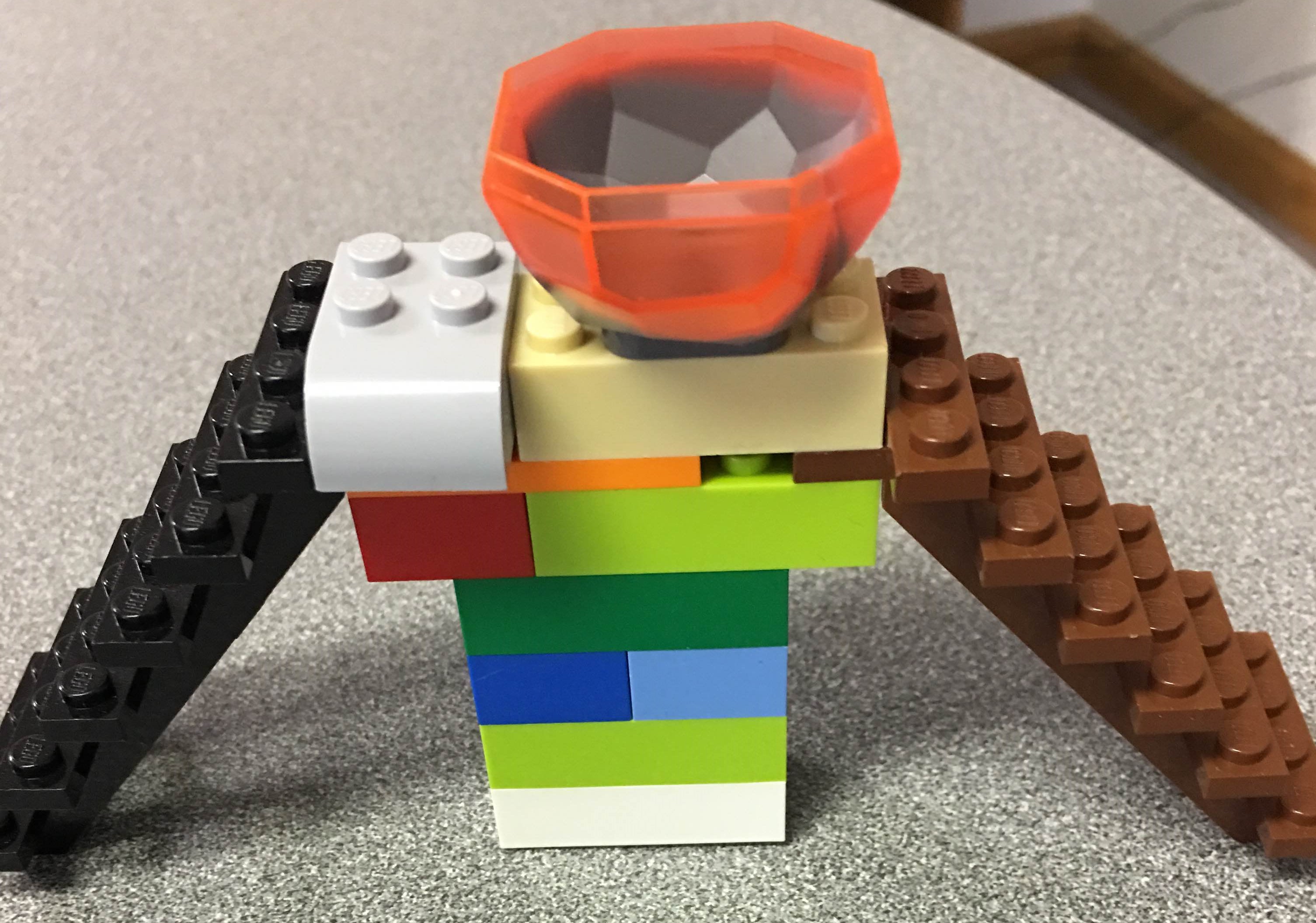
Step 4. Outsiders:
Step four exposes the more promising ideas to people outside of the core team. The external perspective brings in additional knowledge, expertise and perspective.
Build Challenge:
Our build challenge – “Build what would happen to an idea if it was shared with people outside of the core team.” This model has a colorful base which provides a diverse and introspective set of perspectives. The ladders on either side demonstrates the knowledge and expertise of the people who were invited to provide their inputs. The bucket at the top glows with excitement to try something new.
Criticism and Creativity:
Criticism is another form of creativity. The LEGO® Bricks help teams have a common form and platform for communication. The build challenge questions help the team unlock the creativity within the builder, and provides a communication methodology to share ideas differently. The process to facilitate innovation creates an environment of trust, assumes positive intent, accepts criticism from others, and helps prioritize the more promising ideas.
Like to have a LEGO® building session like this with your team? Please contact us at www.leadingtounlock.com.
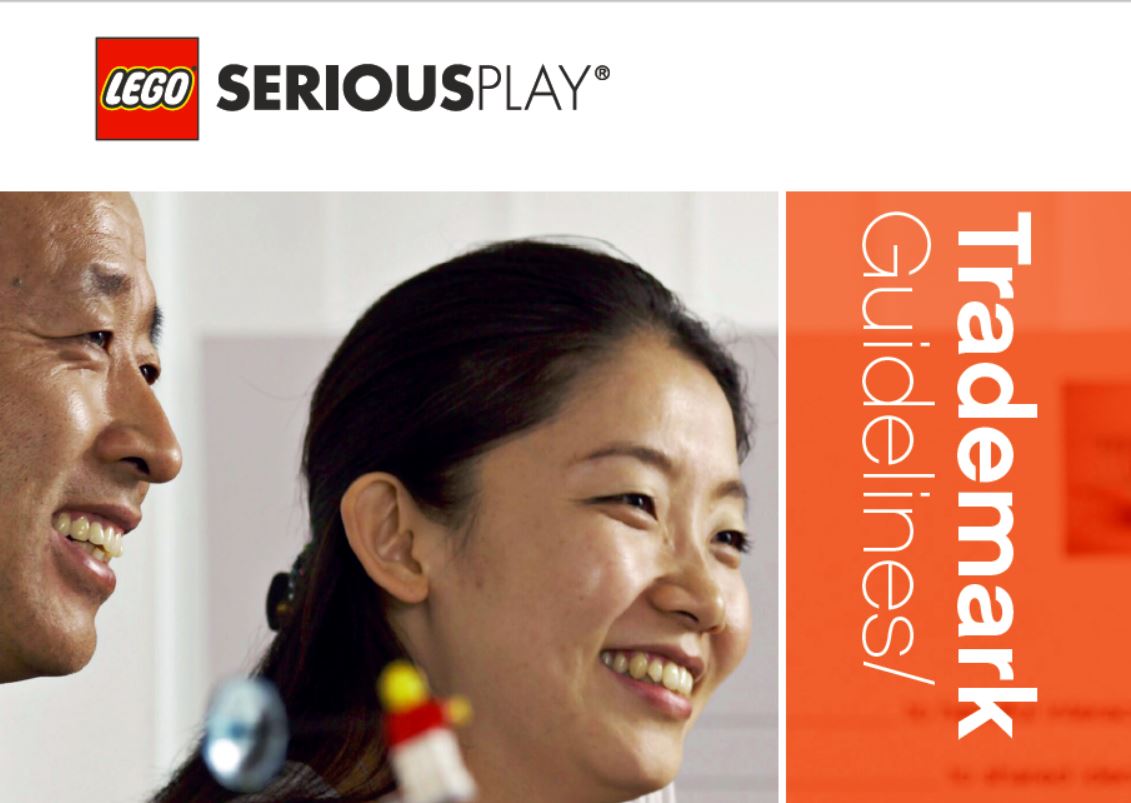
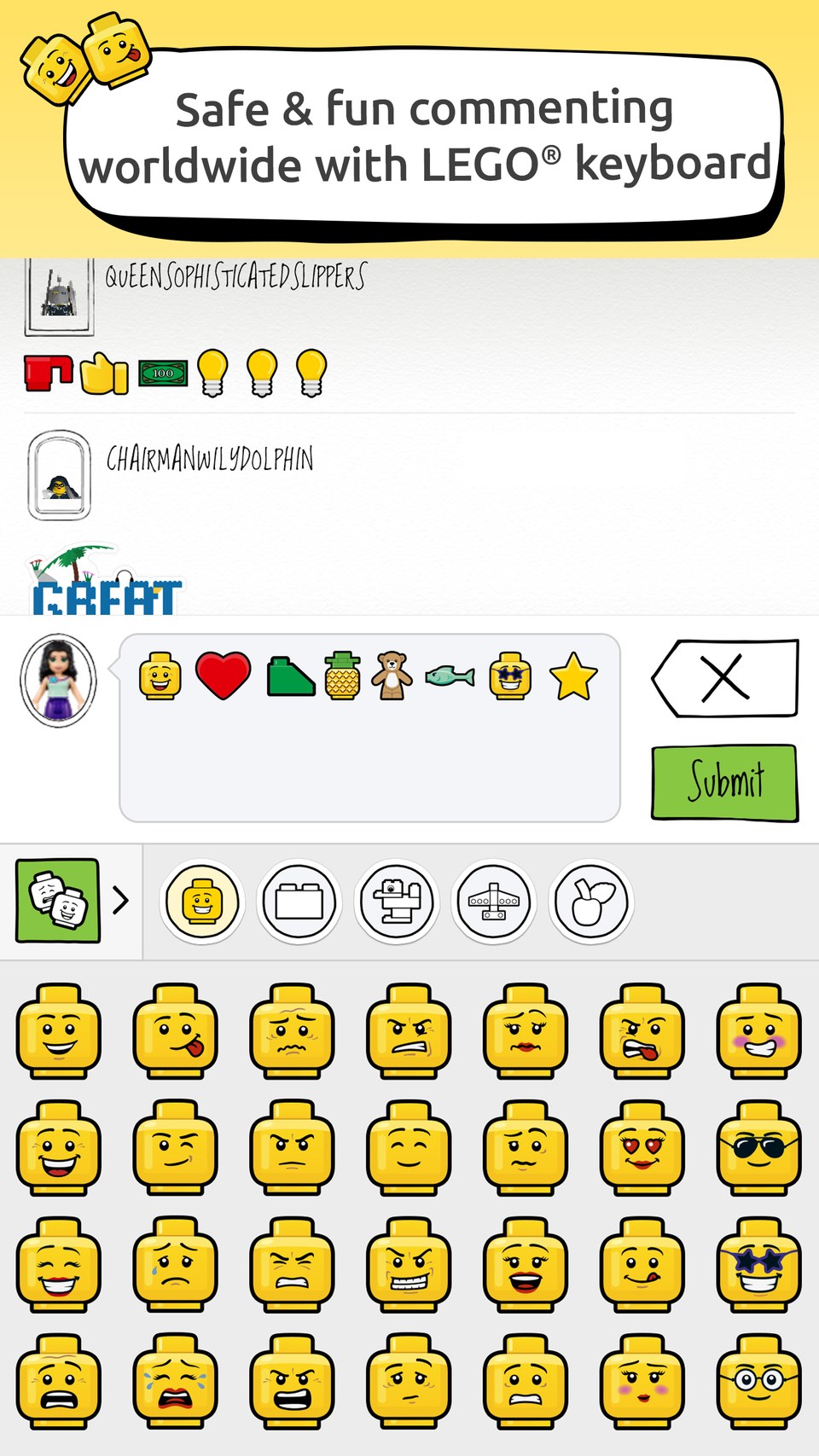
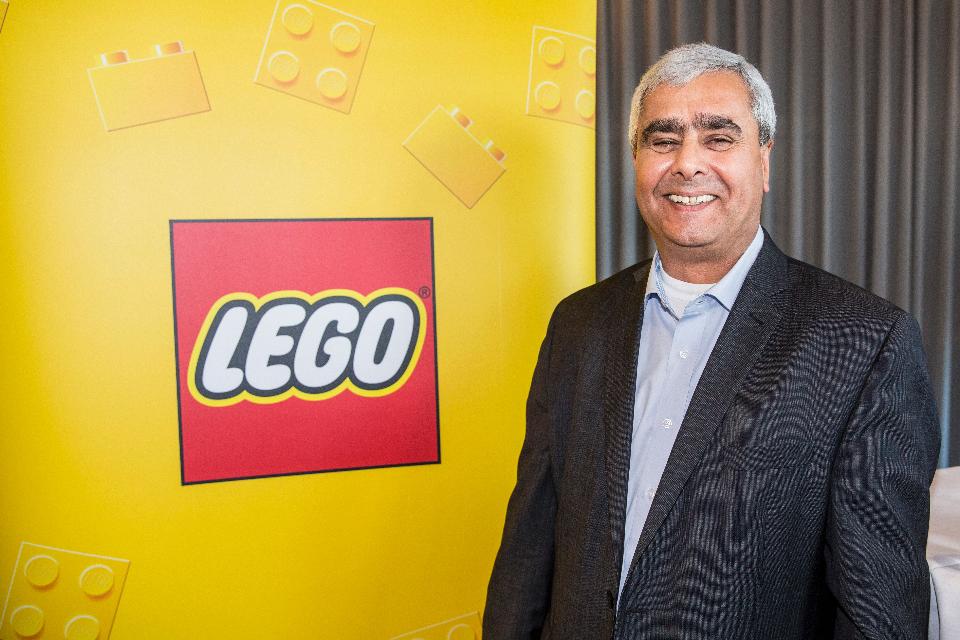


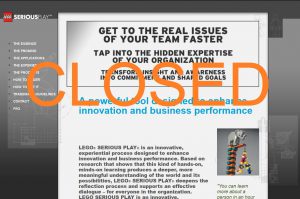
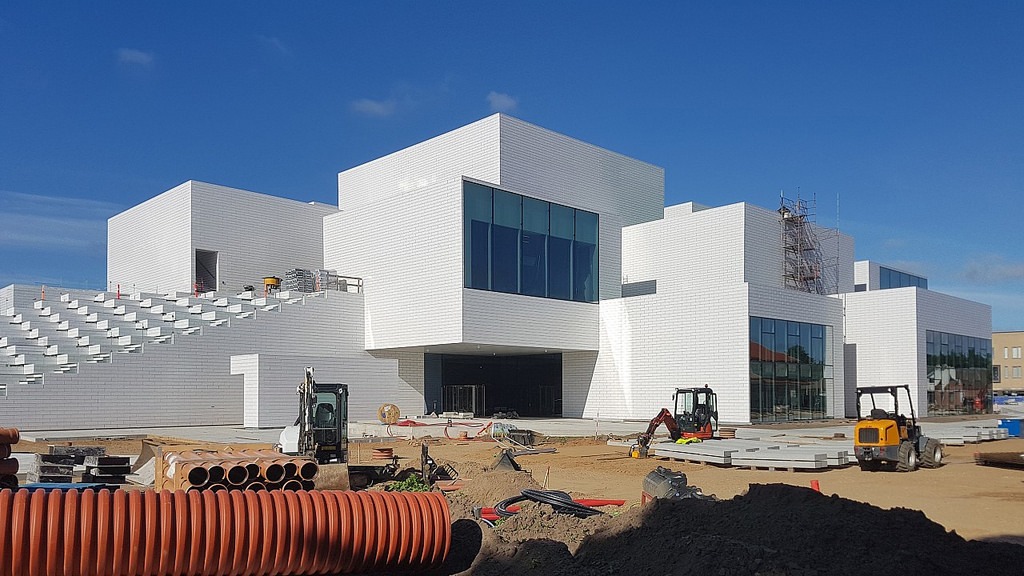

 Become a LEGO Serious Play facilitator - check one of the upcoming training events!
Become a LEGO Serious Play facilitator - check one of the upcoming training events!